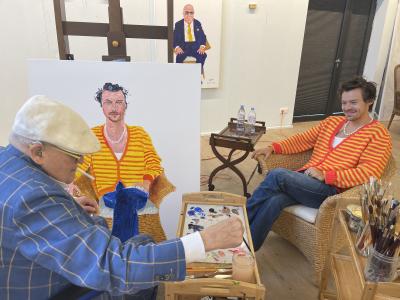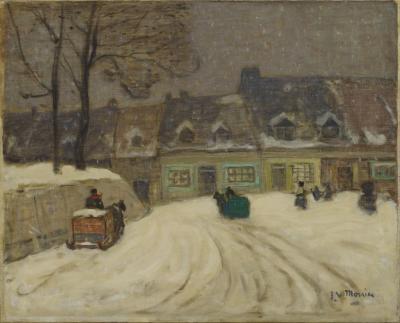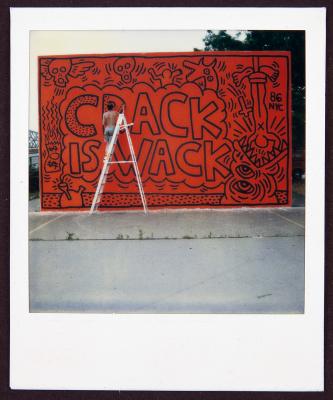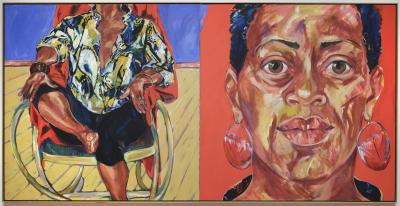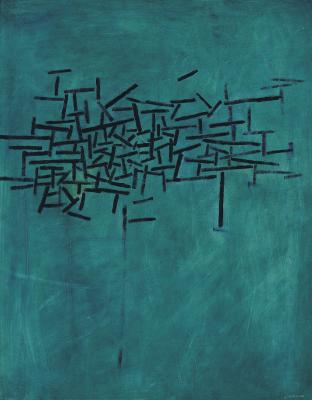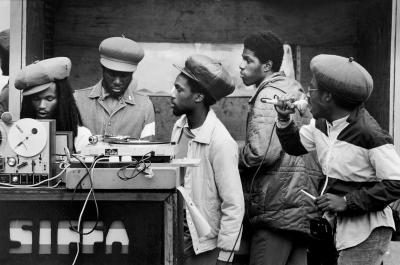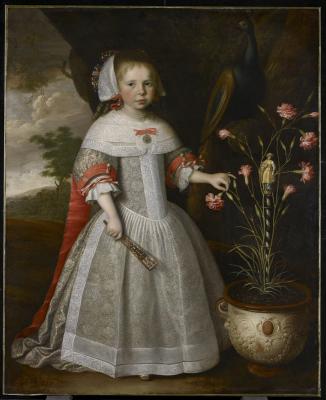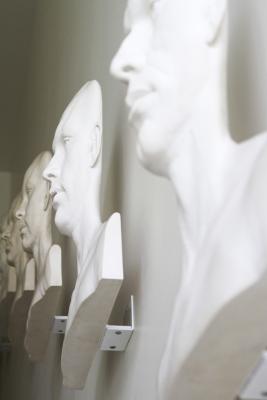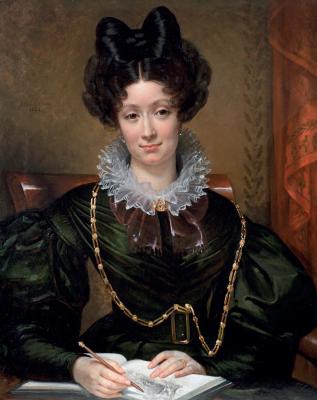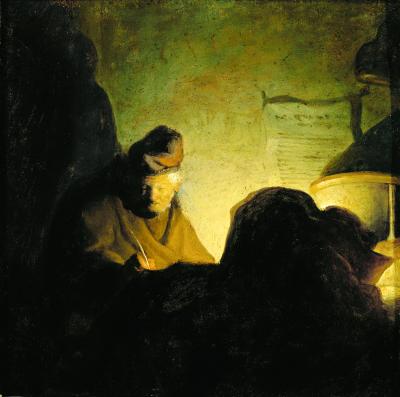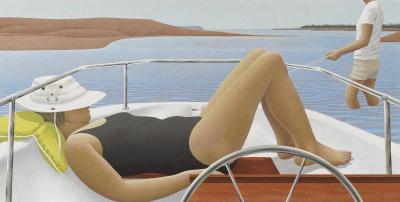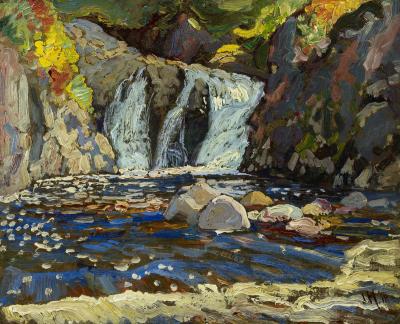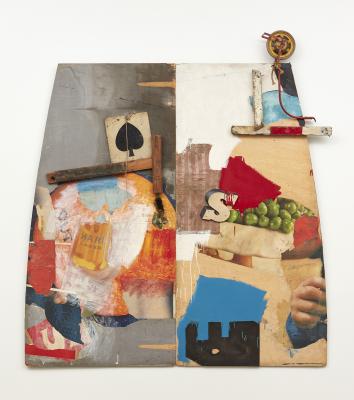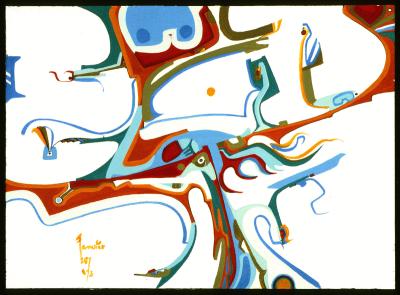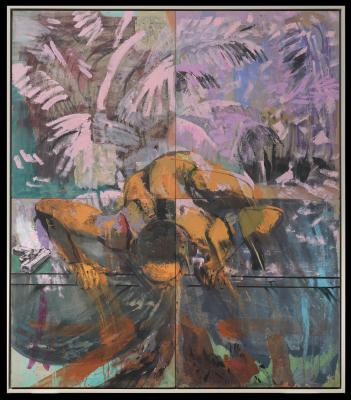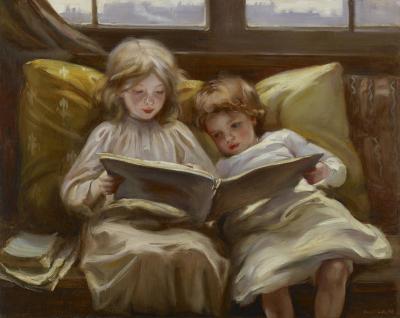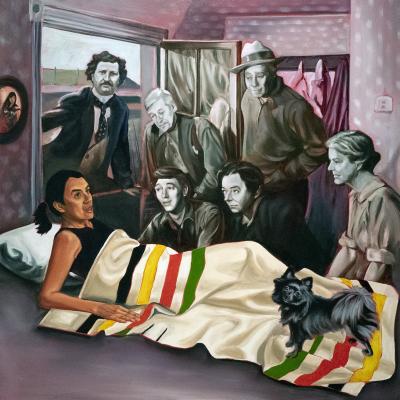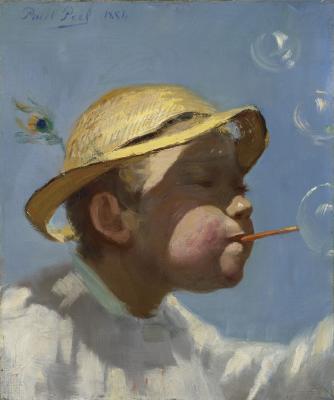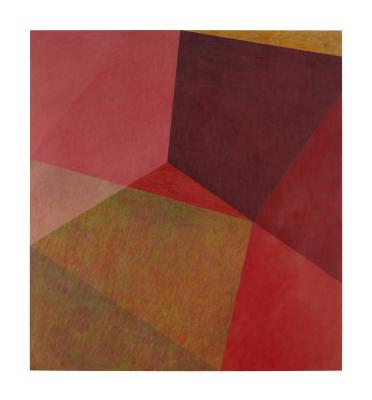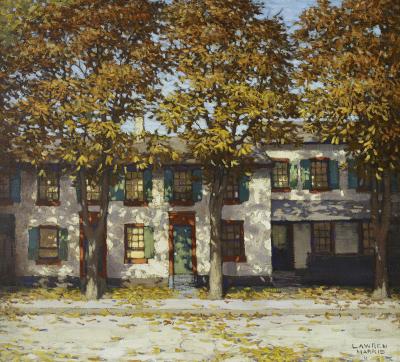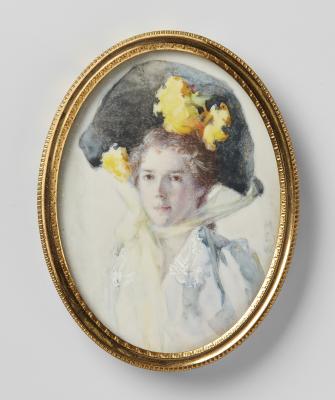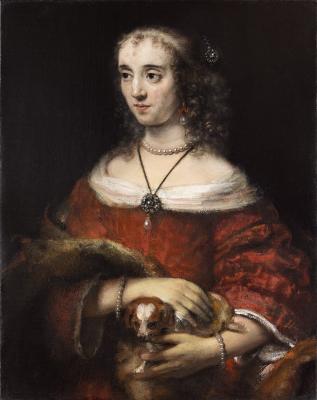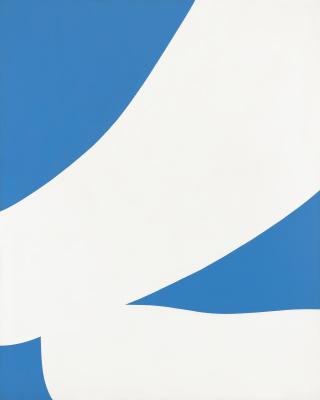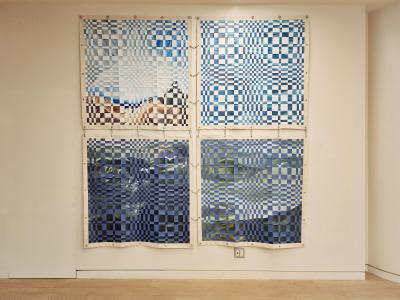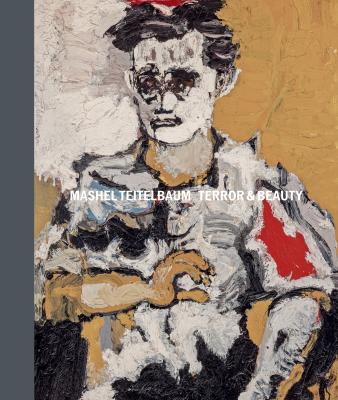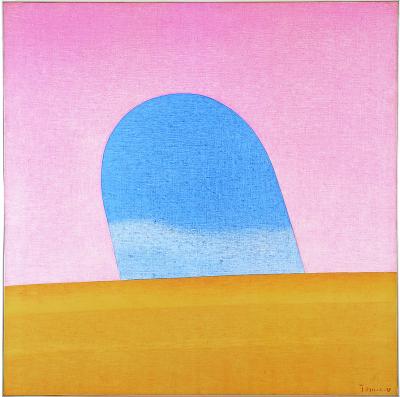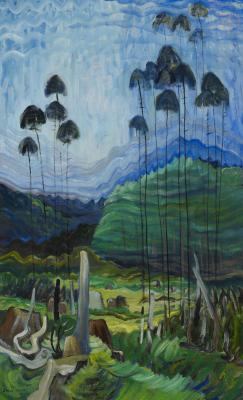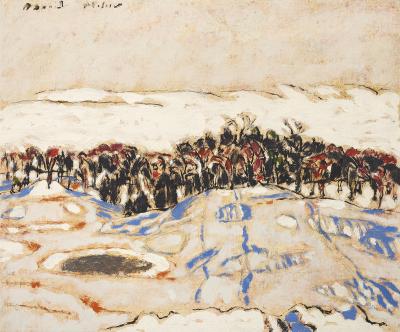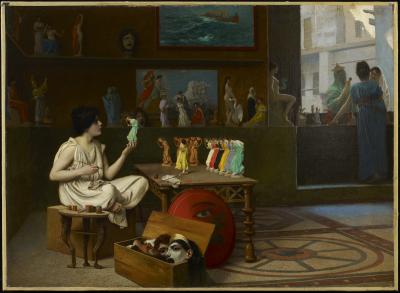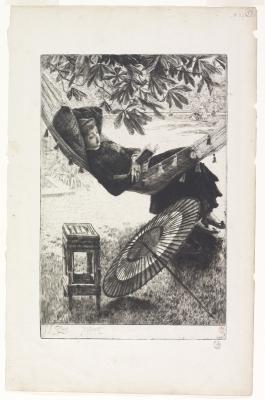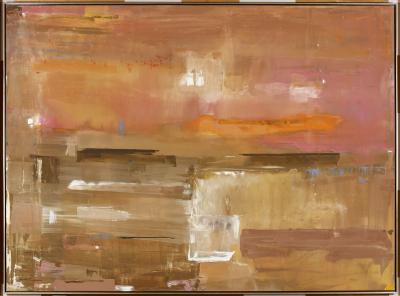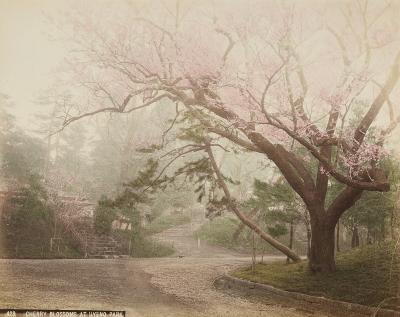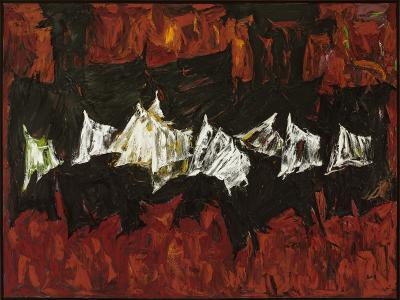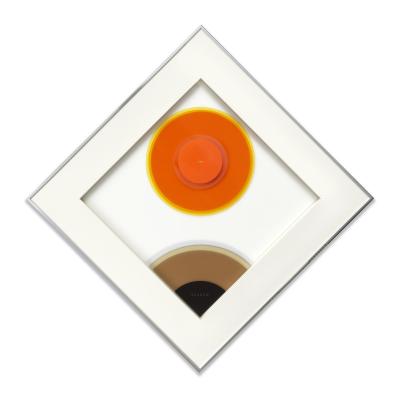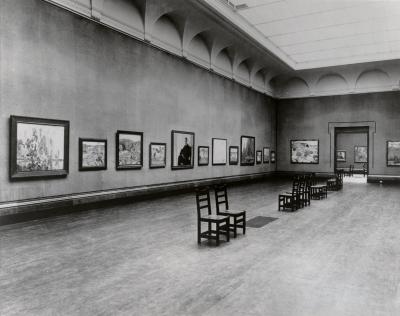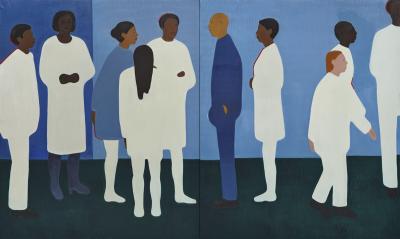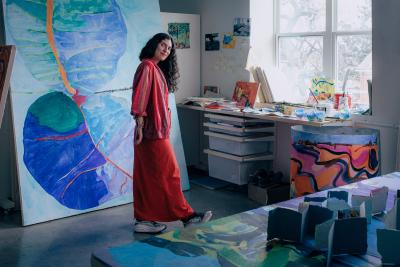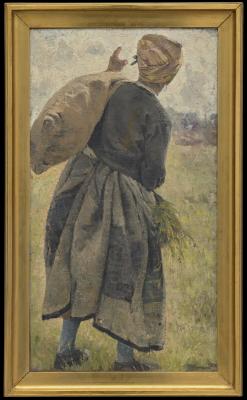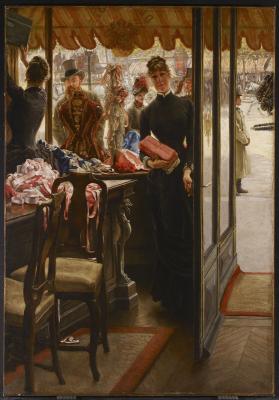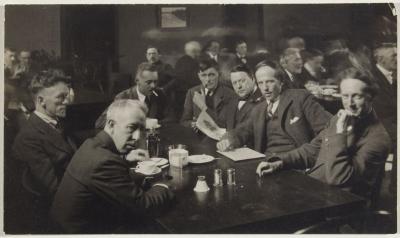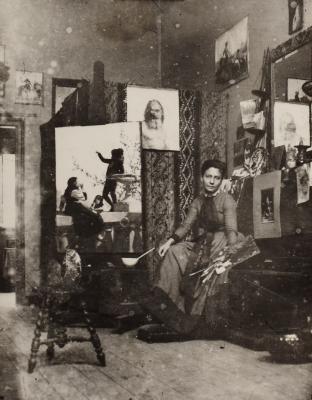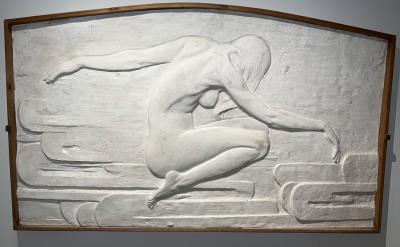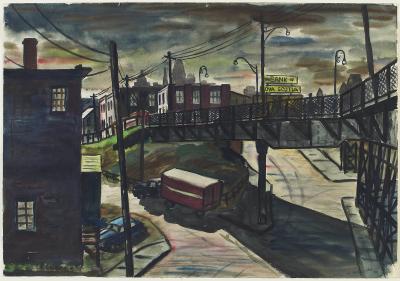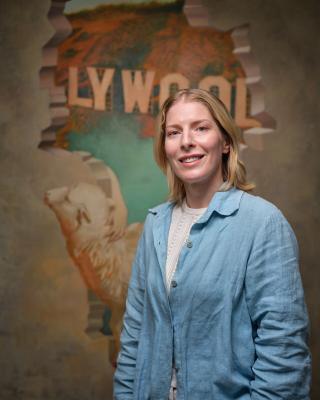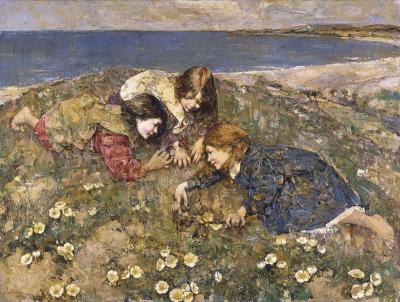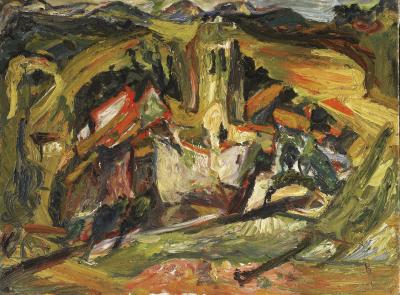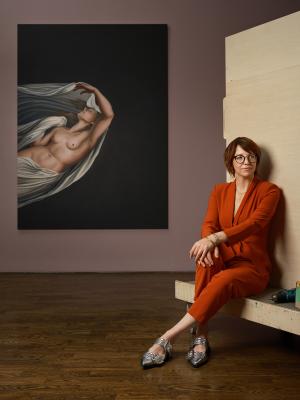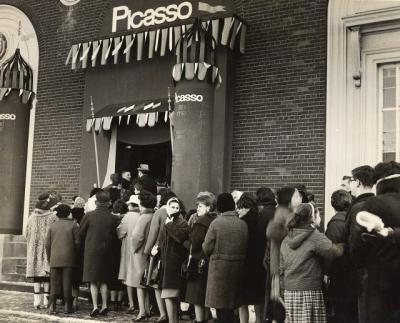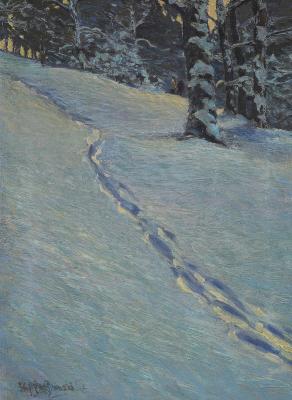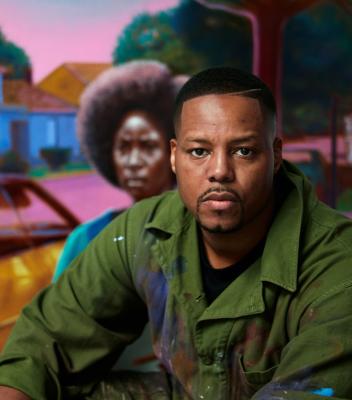
Chevreuse II
On the centenary of Riopelle’s birth, we celebrate the artist’s commanding use of colour and texture.
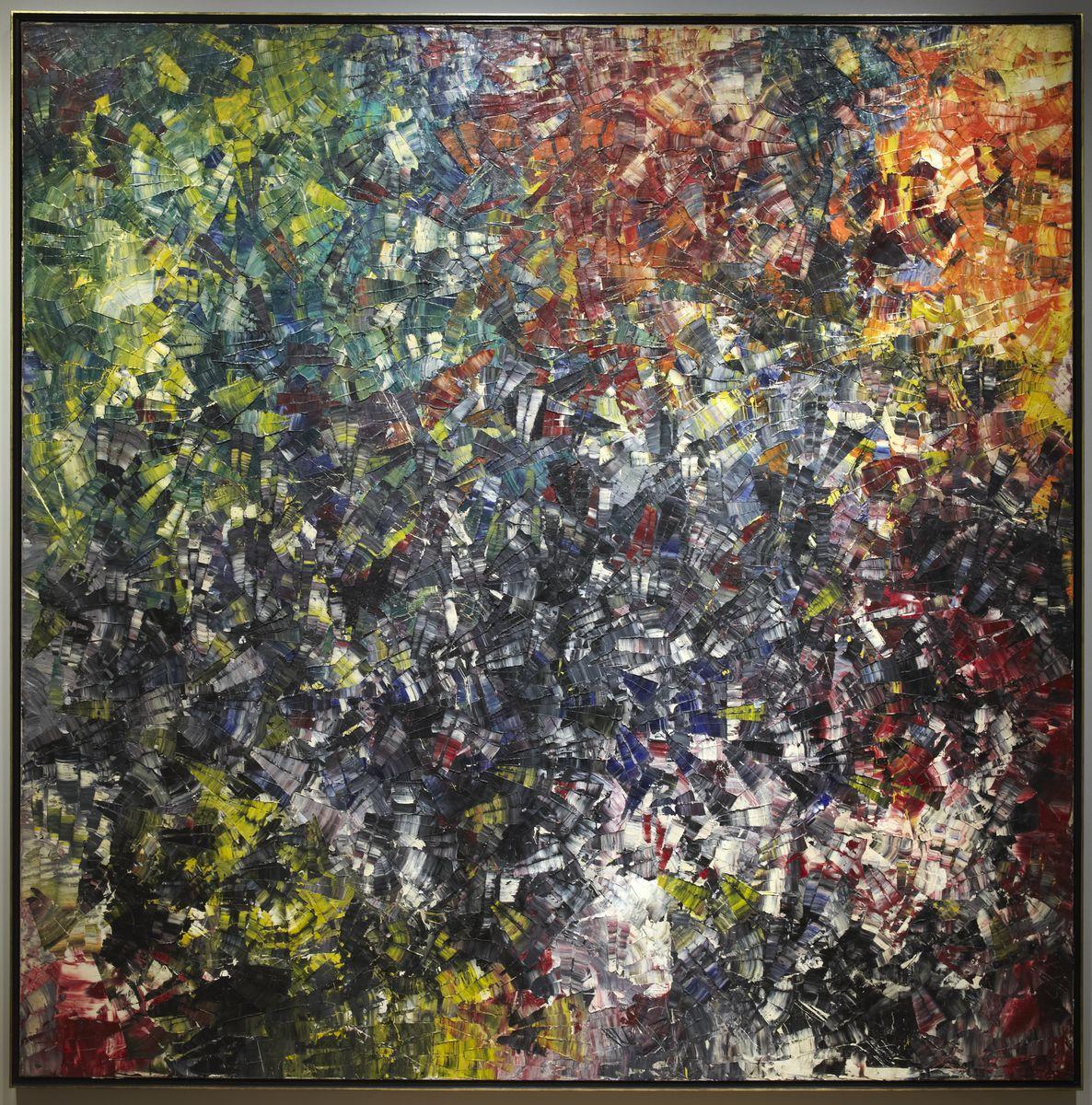
Jean Paul Riopelle, Chevreuse II, 1953-1954. Oil on canvas, Overall: 300 x 300 cm. Purchase with Thomson Canadian Funds, 2004. © Estate of Jean Paul Riopelle (Copyright Visual Arts-CARCC, 2023). 2003/1664.
A noted beauty spot an hour outside Paris, the town of Chevreuse, France, lends its name to not one but two monumental paintings by Quebec-born painter Jean Paul Riopelle. While his connection to the town is unclear, Chevreuse II (1953-54), is the work of an artist at the height of his fame. No time could be better to showcase this stunning painting than now, as museums and creatives on both sides of the Atlantic celebrate the centenary of his birth.
Complex investigations of colour and texture, Riopelle’s paintings throughout the 1950s are often described as his ‘mosaics’, a reference to how he used his palette knife to thickly and directly apply paint on the surface of the canvas, creating an irregular but striking assortment of highly textured rectangles - which when seen up close, share a resemblance to ceramic murals created by Byzantine artists. Nowhere to be seen is the artist’s hand - Riopelle, ever the spontaneous creator, here has abandoned the brush.
In Chevreuse II (1953-54), on view now in the J.S. McLean Centre for Indigenous + Canadian Art (John Ridley Gallery, gallery 232), the movement of the eye towards the centre of the painting, is resisted by the seemingly magnetic force of various bright colours. Riopelle’s palette knife rakes across the centre of the canvas shards of grey, black and blue paint only to oppose them with fiery orange-red glows and verdant greens. Out of the seemingly random application of paint emerges a very tightly controlled exploration of surface and colour, that one can easily get lost in.
Riopelle’s fascination with activating the entire surface of the painting and his desire to surrender to pure instinct, reflects the influence of his former teacher, the surrealist founder of the Automatist school, Quebec painter Paul-Émile Borduas.
Hanging opposite the Riopelle, Borduas’s influence shines in the work of fellow Quebec-born painter Rita Letendre, although her application of those same Automatiste teachings went in a very different direction, towards a more geometric and lyrical expression. Between them, stretches an exhilarating installation of Canadian abstract paintings, whose shared central tenant is the pursuit of creative liberation through colour.
Celebrations currently underway to mark the centennial of Riopelle’s birth include exhibitions, stage productions, films, documentaries and even a circus. In Montreal, Robert LePage’s stage production The Riopelle Project debuted this spring to rave reviews. Yseult Riopelle, daughter of the artist and author of Riopelle’s catalogue raisonné, is set to guest-curate a major exhibition at the Fondation Maeght in the south of France. Work continues in Quebec City on the Espace Riopelle pavilion, a 3,000 sq. foot addition to the Musée national des beaux-arts du Quebec (MNBAQ) set to house the largest public collection of his work in the world. And this fall, the National Gallery of Canada will host a major retrospective of his work, and in Paris, the Centre Pompidou is set to display their collection of Riopelle’s, including the newly restored companion work Chevreuse (1954).
Chevreuse II is on view on Level 2 of the AGO in the Gallery in the J.S. McLean Centre for Indigenous + Canadian Art (John Ridley Gallery, gallery 232). яндекс
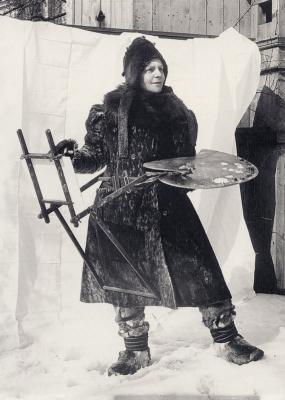
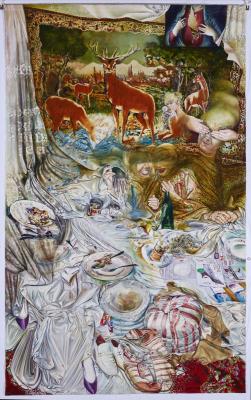
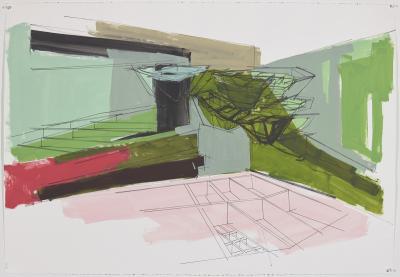

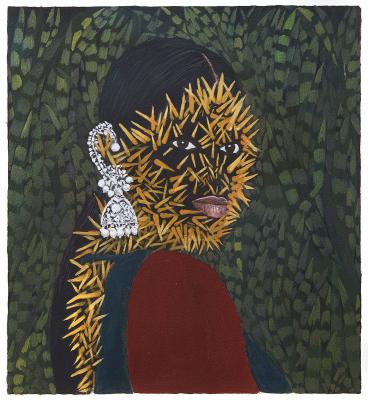

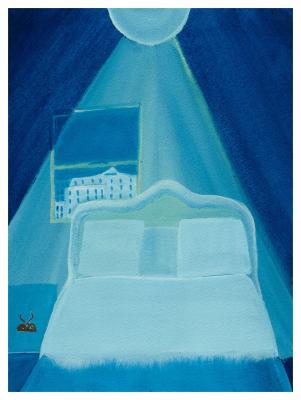
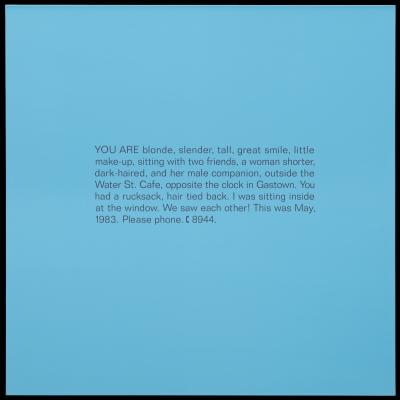
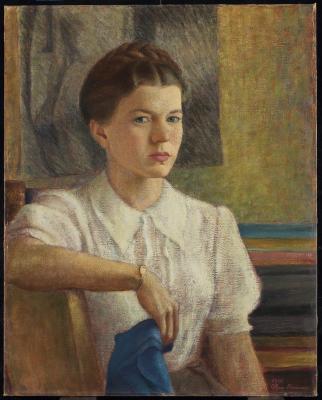
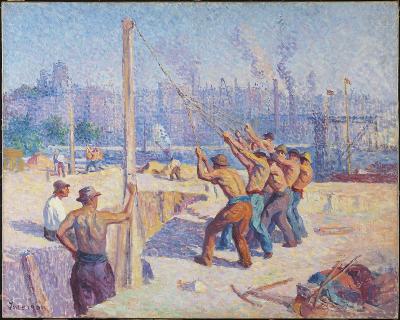
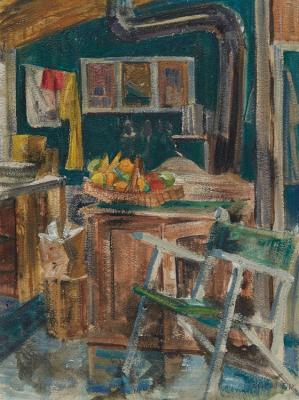
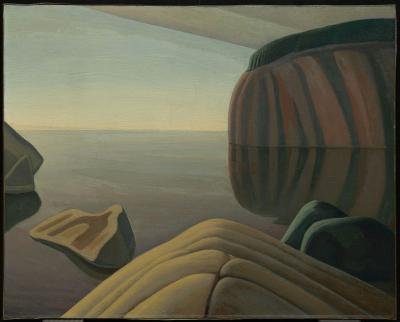
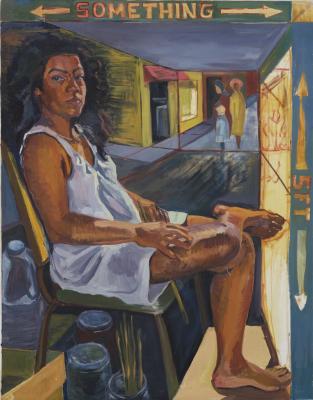
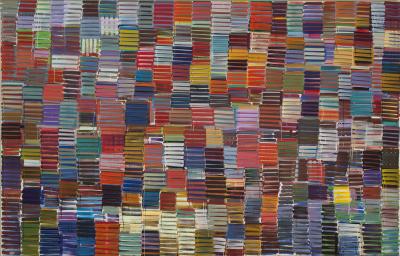

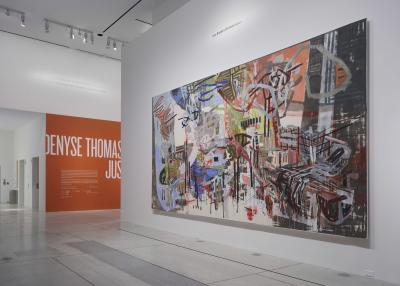
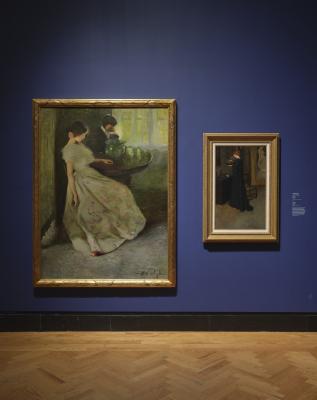
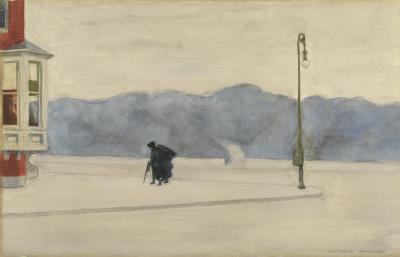
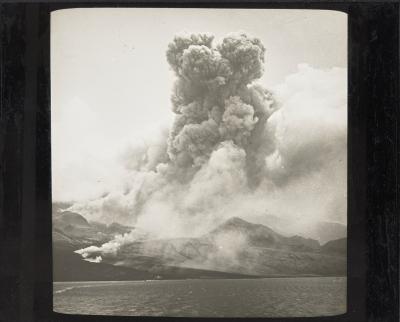
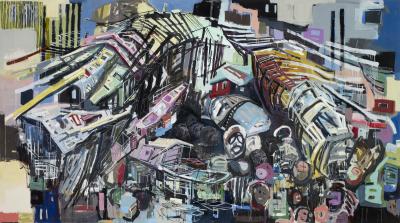
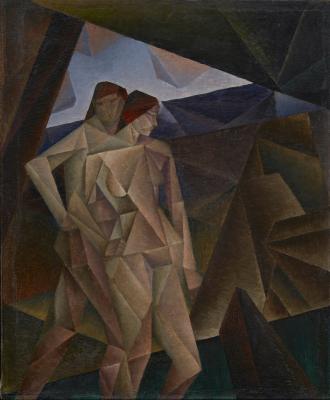
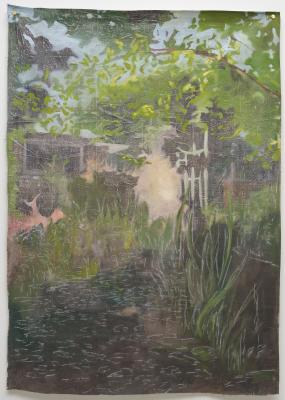
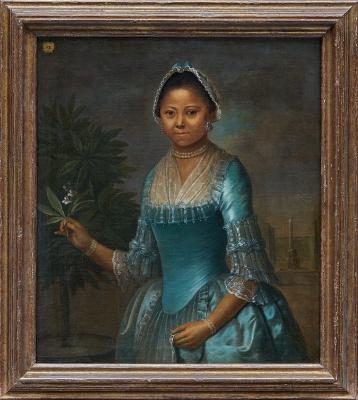

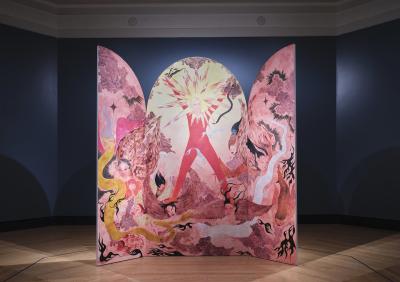
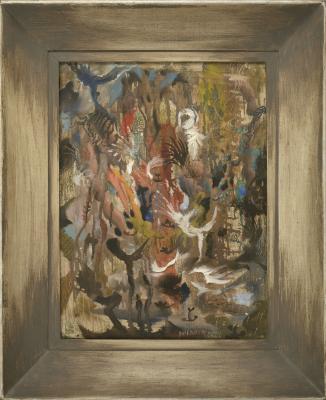
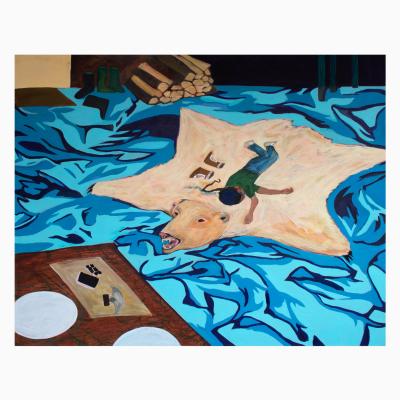
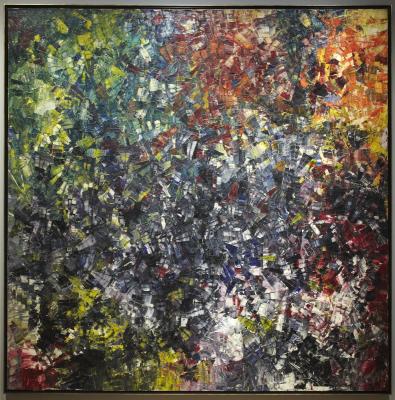
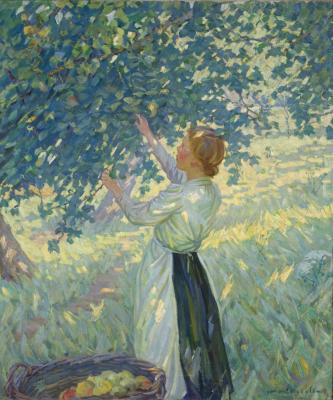
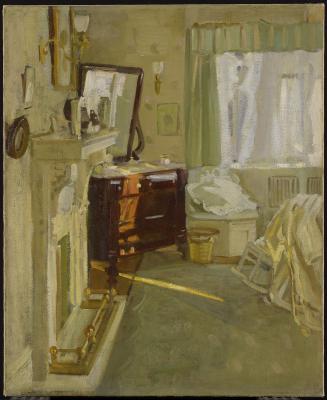
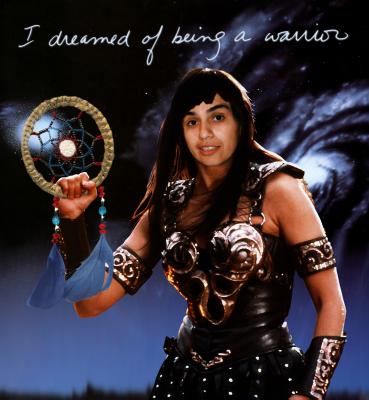
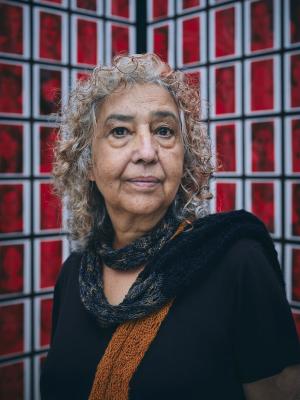
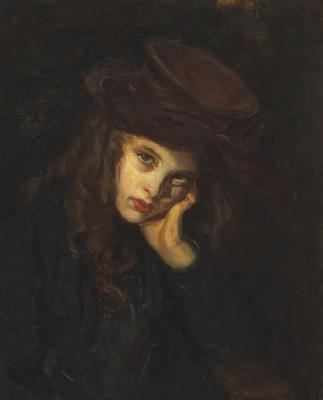
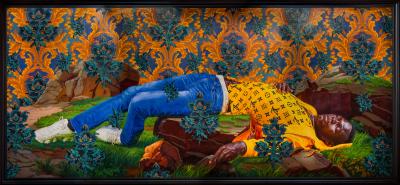

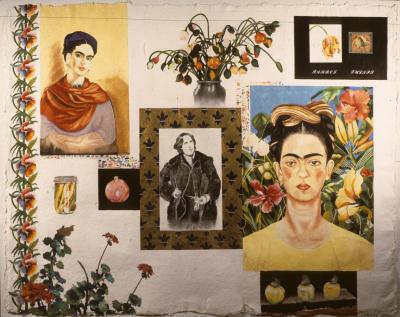
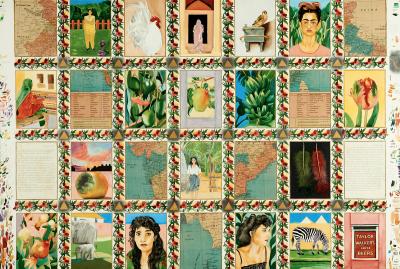
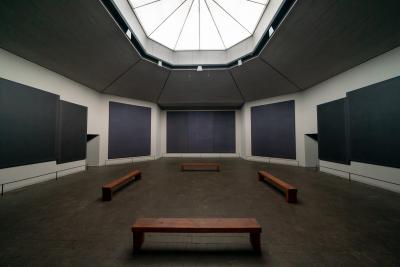
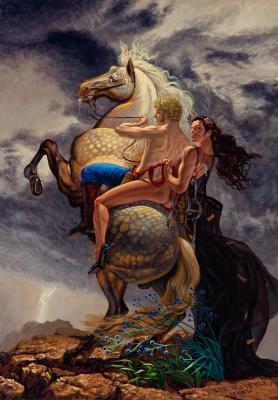
![Keith Haring in a Top Hat [Self-Portrait], (1989)](/sites/default/files/styles/image_small/public/2023-11/KHA-1626_representation_19435_original-Web%20and%20Standard%20PowerPoint.jpg?itok=MJgd2FZP)
